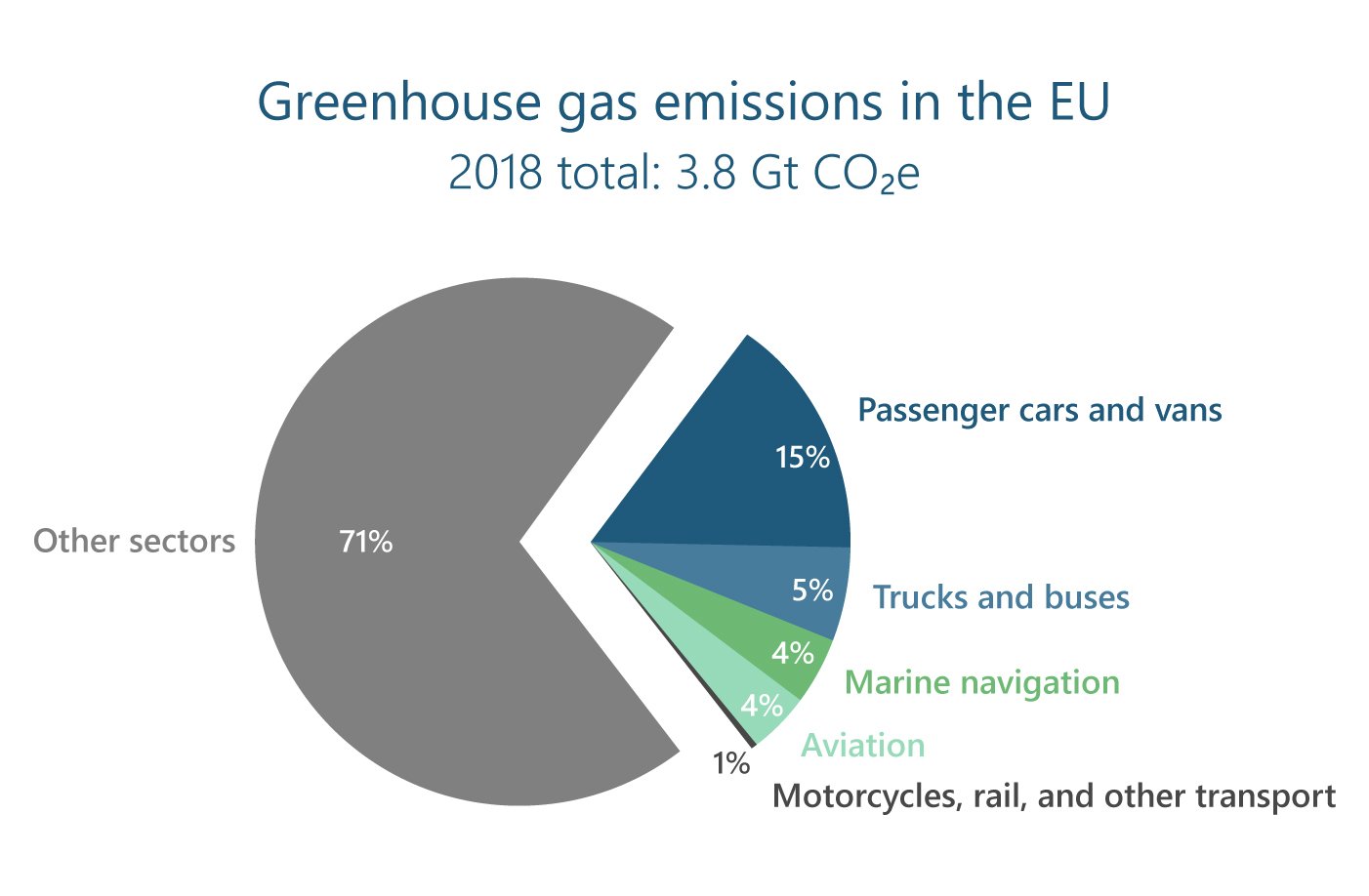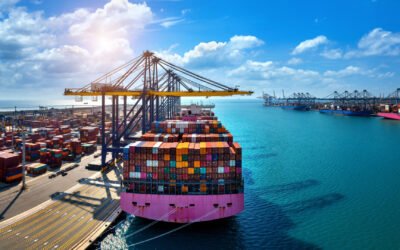- Recent regulations on the deployment of alternative fuels will line up better with EU’s Green Deal and Fit for 55 targets
- For certain types of vessels, in maritime ports, shore power will need to cover at least 90% of a vessel’s requirement starting in 2025
- TEN-T core and comprehensive inland waterway ports need to provide at least one installation that supplies shore side electricity to inland waterway vessels with some ports starting in 2025
On 14th October 2021, the European Commission presented a proposal creating a new regulation for the deployment of alternative fuels. The new regulation will repeal the existing Directive 2014/94/EU on the grounds that it did not provide comprehensive and binding methodology to member states to calculate targets and adopt measures. Previously, Member States interpreted Directive 2014/94/EU in different ways and came up with less ambitious, inconsistent, and incoherent plans which were not in line with EU’s Green Deal and Fit for 55 targets.
Directive 2014/94/EU established a common framework of measures aimed at deployment of alternative fuels infrastructure in the EU. This will reduce dependence on oil and curtail the environmental impact of the transport sector which contributes nearly 25% of total Greenhouse Gas (GHG) emissions in the EU. It laid out minimum requirements for construction of alternative fuels infrastructure including charging infrastructure for electric vehicles and refueling stations for natural gas be it LNG or CNG and hydrogen.
Shore to ship power technology falls under the ambit of alternate fuels as it enables the vessels to shut down their onboard diesel generators during the berthing periods at docking points and instead draws electricity from shore services with the help of local grid. Since the first port in the EU offered shore power in 2000 (the Port of Guthenberg) this technology has gained greater traction in the EU. Some recent examples include the OPS Master Plan for electrification of Spanish ports, the Haropa French ports (which include the ports of Le Havre, Rouen and Paris) the Baltic Sea Action Plan (HELCOM) which includes 9 Baltic Sea countries and the EU.

Figure 1: Greenhouse gas emissions in the EU in 2018 by transport subsector.
Source: ICCT
Proposal for a New Regulation
In the new proposal of the European Parliament it delivers a “clear requirement of the European Green Deal to oblige docked ships to use shore-side electricity.”
Article 9 and 10 of the new regulation covers shore power. Article 9 requires member states to ensure that a minimum electricity supply is extended to seagoing container and a passenger ship on maritime ports by 1 January 2030.
TEN-T core and TEN-T comprehensive maritime ports must provide shore power, covering 90% of the demand, for vessels above 5000 gross tons by 2030 as follows:
- Container ships with average annual port calls > 50 in last 3 years
- Roll-on/roll off vessels (Ro-Ros) and high-speed passenger craft with average annual port calls > 40 in last 3 years
- Other passenger ships average annual port calls > 25 in last 3 years
It is significant to note that when determining the number of port calls, the following will be excluded:
- Short stay port calls, ships at berth for less than 2 hours
- Port calls by ships with zero emission technologies that offer equivalent environmental benefits as OPS
- Ships with unscheduled port calls for safety reasons.
Article 10 sets targets for shore side electricity supply in inland waterway ports. It requires member states to ensure that by 1 January 2025 all TEN-T core inland waterway ports will have at least one installation providing shore side electricity supply to inland waterway vessels. Similarly, all TEN-T comprehensive inland waterway ports need to provide at least one installation that supplies shore side electricity to inland waterway vessels by 1 January 2030.

Figure 2: Summary of article 9 and 10.
Source: Power Technology Research
Looking Ahead
While the new proposal by the European Commission on the deployment of alternative fuels infrastructure is a positive step in the right direction aimed at reducing GHG emissions in transport, it is still too early to set hard deadlines for some EU Member States.
Three policy options were analyzed to support the recharging and refueling infrastructure. All options include mandatory deployment targets but vary in the level of deployment. The EU’s preferred choice is Policy Option 2 (PO2) which is believed to ensure sufficient quantity of infrastructure while leaving Member States some flexibility. PO2 has support from many industries but airports and ports have raised concerns about additional costs related electricity supply to stationary airplanes and for on shore power supply. The total infrastructure cost for onshore power ranges from USD 6.7 billion to 8.4 billion. The cost to public authorities is estimated to be USD 142 thousand per Member State for each reporting cycle. The market is highly incentive driven, and the EU might need to invest much more financially than it is doing at the moment to overcome the inertial barriers for widespread adoption of this technology.
One important thing to note is that providing on shore power to ships, requires a lot of electrical power and many local utilities do not have the capacity and necessary infrastructure to deliver this power to ports. Coupled with the issue of general system instability and the loss of power quality due to increased renewable penetration in national grids will pose a sizeable challenge for ports to ensure safe supply of electricity to their shore power systems in the future. The share of renewable and low carbon fuels in maritime energy is modelled to be 8.6% in 2030 and 86.8% by 2050 for the PO2 case.
In Europe the high electricity tariff disincentivizes vessel owners from plugging their vessels to shore power thus making less financial sense for the port authorities to install such system on their ports. This proposal surely is a step towards addressing these issues, but the challenges associated with making shore power technology viable for maritime sector will only be addressed with the right support from governments.
Shore to Ship Service Overview
The research presented in this article is from PTR's Shore to Ship service. For information about this service please submit a request shown below.
Contact Sales:
More about our:
Shore to Ship Power Market Research
Recent Insights
US and EU Strategies in Smart Buildings
Download Service Overview The EU and USA aim to decarbonize their building sectors to meet emission reduction targets. Initiatives like the Home...
Unveiling the Transformative Journey of Port Electrification
OPS installation is on the rise globally as countries prioritize their environmental objectives and seek to minimize the ecological impact of...
COP through the Ages
This infographic takes a cursory glance at the most significant achievements of the Conference of Parties through the years and offers a chance for...


